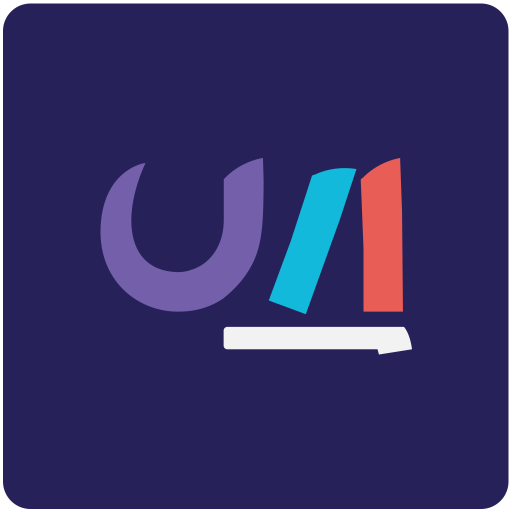Fact or opinion - Hello! Beyond Words Term 2 - أول اعدادي
Unit 7: Helping each other to learn
Unit 8: New life in old cities
Unit 9: Plans with friends
Unit 10: The online generation
Unit 11: Clean transportation
UNIT 7 3 Fact or opinion 回家回 Lesson objectives: Use vocabulary to talk about the brain Read an article about facts and opinions •Critical thinking: understand the difference between facts and opinions ①Work in pairs. Read these statements about the brain. Which ones do you think are true (T) and which ones do you think are false (F)? 1 We only use about 10% of our brain. 2 A sperm whale's brain is bigger than a person's brain. T/F T/F T/F 2 3 There is a lot that we don't know about the brain. Listen and check your ideas for Exercise 1. ③Work in pairs. Look at the pictures and discuss the questions. 1 Which of these activities can you do? 2 How did you learn to do it? 3 How easy was it to learn? 4 How much practice did you need to learn it? 8 1 Read and listen to the article about the brain, then underline these numbers. What do these numbers mean? 1 10,000 2 20% 3 85%

Lesson objectives Use vocabulary to talk about the brain
Work in pairs. Read these statements about the brain. Which ones do you think are true (T) and which ones do you think are false (F)
Listen and check your ideas for Exercise 1
Work in pairs. Look at the pictures and discuss the questions Which of these activities can you do
Read and listen to the article about the brain, then underline these numbers. What do these numbers mean
The truth about the brain Many people think that when we learn our brains make new brain cells. But actually, we create new connections between brain cells we already have. In fact, one brain cell can connect with up to 10,000 others. In the past, people believed the brain "turned off" when we went to sleep. But with new technology, we now know that some parts of the brain stay active during sleep. Sleep is very important for learning because it helps us remember things better. In fact, people who get enough sleep can remember about 20% more than those who do not. For young people, research shows that learning feels more interesting if they know how it can help them in real life. About 85% of students say they learn better when they understand why a topic is useful. So, it's important for teachers to explain why lessons are helpful. Finally, our brains have a habit of telling us that things we agree with are "facts". When we disagree with something, we see it as an opinion. This happens naturally, but it's helpful to remember that just because we agree or disagree with something doesn't mean we are right. 5 Match the bold words in the reading text to the definitions (1-5). 1 to make something clear or easy to understand. 2 the smallest basic unit of a living thing. 3 something that happens as part of nature. 4 busy doing something 5 to link to something else. 6 Read the Life skills box. Then work in pairs. Discuss what tells you if a statement is a fact or an opinion. 7 Complete the checklist that can help you decide if a statement is a fact or opinion. 1 Can you true or false? Yes: It's a fact. 2 Does it have that the information in it is No: It's an opinion. or times in it? Yes: It could be a fact but check the information. No: It could be an opinion if the information is not true. 3 Did the writer or speaker use words like "I "I believe" or "in my Yes: It's an opinion. Understanding the difference between facts and opinions A statement can be a fact or an opinion. When it is a fact, we can check it to see if it is true or false. There are often numbers or times in facts, too. When someone says "I think ..." or "I believe..." this is an opinion. Some people may believe it and think it is true, but other people will not believe it and think it is false. "? No: It could be a fact. Check the information. UNIT 7 * TASK Write a blog post with tips for students learning new vocabulary. Do some research online and decide if the information you find is facts or opinions and only use the facts. Use the questions to help you. Write the tips and use pictures to present them. 1 What makes it easier for everyone to learn? 2 What makes it easier for young people to learn? 3 What are the most useful tips, in your opinion? 9

The truth about the brain
Match the bold words in the reading text to the definitions (1–5) to make something clear or easy to understand
Read the Life skills box. Then work in pairs. Discuss what tells you if a statement is a fact or an opinion
Complete the checklist that can help you decide if a statement is a fact or opinion
Understanding the difference between facts and opinions
What makes it easier for everyone to learn








